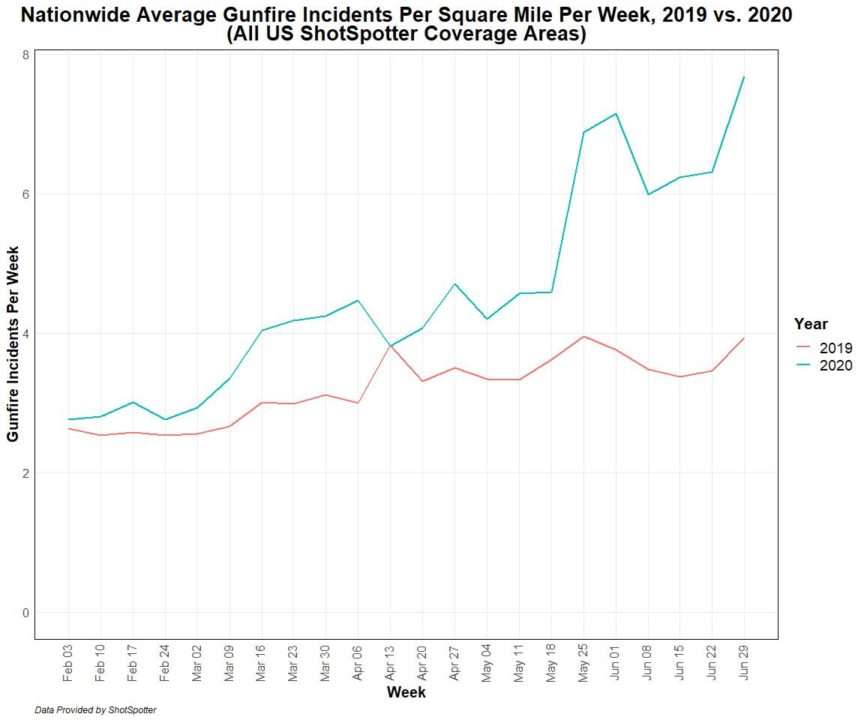Shooting Illustrated.
I have a Remington R1 1911 chambered in .45 ACP. Arthritis has invaded my hands and it’s getting harder for me to rack the slide. Would putting a lighter recoil spring in it be a bad idea? The factory recoil spring is 16 pounds. I bought a 12-pound spring for it, just to see if it solved my racking problem, and it did. I haven’t shot it yet, and I would like to get a knowledgeable opinion on it before doing so. The only thing I have been told so far about putting the lighter spring in it is that the recoil would be increased. I’m not as worried about that as I am about risking unnecessary damage to my pistol. While I’m sure other shooters have this same difficulty, I don’t know anyone in my area who does. Any insight and/or suggestions regarding how to tackle this challenge would be greatly appreciated.
Larry Jones, via e-mail
[ … ]
While the recoil spring helps to attenuate recoil of the pistol, its main job is to return the slide forward, which strips the next round off the magazine and fully closes the pistol with the barrel and slide locked together, ready to fire the next shot.
The first thing I would do to aid in the function of the gun and help to prevent impact damage of the internal parts is to add a Wilson Combat Shok-Buff, or equivalent, to the recoil-spring guide for the lighter recoil spring to rest against. The Shok-Buff is a polymer shock absorber designed to help prevent slide and frame battering as they transition through the cycle of operation.
[ … ]
Keep in mind the recoil spring and Shok-Buff are being worked hard with the lower-power rating of the spring and should be replaced at 500-round intervals or when obvious signs of wear are evident. The Shok-Buff will start to lose its shape and the recoil-spring length will shorten by several coils, indicating it’s time to replace them.
To begin with, I’m no stranger to severe RA in my hands. Mostly, my right hand (shooting hand) is affected. It is affected to the point that my hand appears deformed, and I usually hide it when I meet people. It helps to put my hand in my pocket.
RA is caused by the same affliction as Psoriasis, that is, an overactive and confused immune system. My immune system thinks my cartilage is a foreign object and attacks it, making scar tissue of it. I have thus far refused to take a biologic like Methotrexate, and so I simply make it by day to day.
So I sympathize in the superlative with the writer. With that said, I find no discomfort in shooting .45 ACP. I enjoy it more than shooting any other round, and I enjoy shooting a 1911 more than any other firearm. I also find that the best thing for me is to exercise, and that means not being courteous to my RA. The more I can push myself, the better off I am.
One of my [modified] 1911s came with an 18# spring, not 16#. I didn’t know that the Remington came with a 16# spring. That seems a little light to me. Readers may recall that I replaced my 18# spring with a 22# spring from Wolff Gunsprings for my trip to the Weminuche Wilderness. I did that so that I can shoot 450 SMC out of that gun, achieving 1120 FPS with 230 grain bullets (the 450 SMC has to be purchased from Double Tap Ammunition). I still have that gun modified that way, although it’s an easy spring switch to change it back if I wanted to.
I also find that it eats all other .45 ACP ammunition flawlessly. The heavier spring doesn’t cause problems with normal bulk range ammunition, although I wouldn’t shoot 450 SMC out of my other 1911s without a similar spring modification.
Double Tap and Buffalo Bore make very hot .45 ACP +P ammunition (~ 1000 FPS), and the heavier spring would work well with that choice. If I switched to a light spring, like the analyst said, I would want to make sure I had put it through its paces to see what ammunition worked well with it.
As RA progresses, I wouldn’t be opposed to changing to a lighter spring, but I’m a long way from that.





